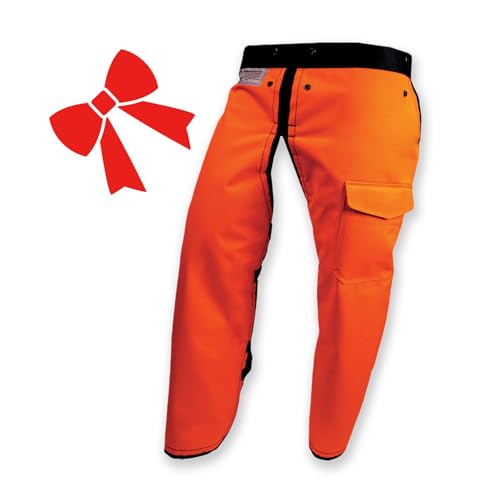Hillbilly3995
Addicted to ArboristSite
I was wrong once, I suppose it could happen again...That is not a fleshing knife, its a spoke knife.
Also talking about your HUGE PITA, I once stripped a 48' sweetgum with a 20" machete for a draw knife (towel wrapped around sharp end)... yikes I'd rather not do that again.
Also talking about your HUGE PITA, I once stripped a 48' sweetgum with a 20" machete for a draw knife (towel wrapped around sharp end)... yikes I'd rather not do that again.





 [/QUOTE
[/QUOTE






















































